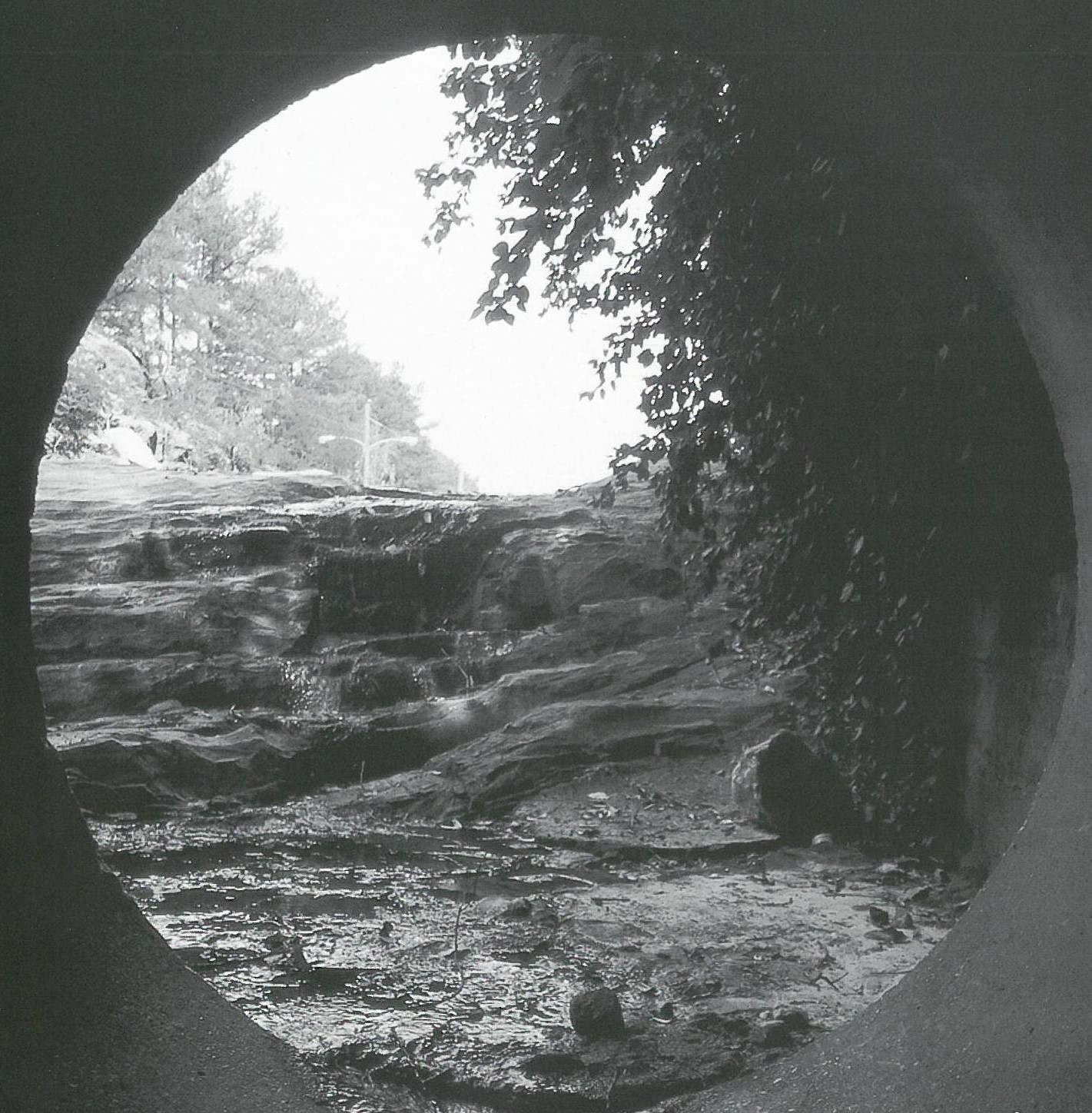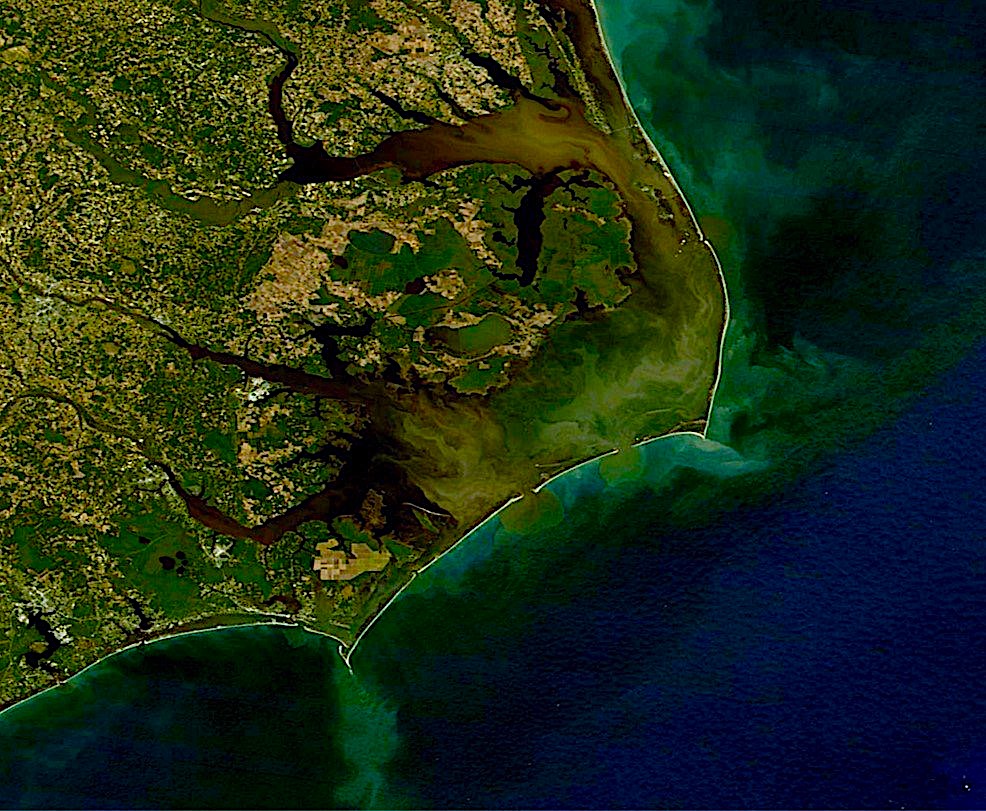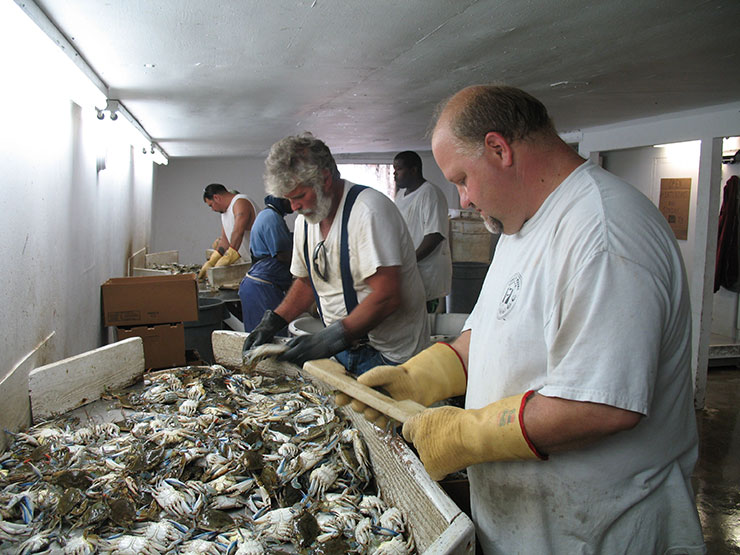ROCKY BRANCH REVIVAL

After more than a decade and $8.3 million dollars, the restoration of Rocky Branch, an urban stream in Raleigh once listed among the most polluted in the state, is nearly complete.
The Rocky Branch Stream Restoration and Greenway Project entered its third and final phase last spring, with construction crews carefully excavating a culvert behind North Carolina State University’s Carmichael Gymnasium to expose a section of the creek forced underground decades ago.
The stream itself runs more than a mile through the heart of NC State’s campus and feeds into Walnut Creek, a tributary of the Neuse River, which in turn drains into Pamlico Sound. For years, Rocky Branch was written off by students and faculty as nothing more than a ditch behind the gym, but today it functions as an outdoor teaching laboratory and national model for urban stream restoration.
“We’ve taken a degraded, hidden and eroding urban stream and made it a healthy environment,” explains Barbara Doll, water quality specialist for North Carolina Sea Grant. “But it’s not just that. We’ve created something that people can interact with, and that can be a learning experience.”
The project is Doll’s brainchild. Its overall plan is aimed at what she calls “natural channel design concepts” — such as meandering turns and pools for fish — and innovative stormwater controls, including wetland ponds and rain gardens, to filter stormwater runoff.
Faculty from various departments regularly teach outdoor labs in the project’s completed Phase I and Phase II areas. Greg Jennings of the NC State Biological and Agricultural Engineering Department is one of them.
“Rocky Branch is a living laboratory that provides NC State students the opportunity to gain hands-on knowledge of all aspects of stream restoration, including engineering, forestry, fisheries, landscape architecture and environmental science,” he says.
“The stream offers an optimal outdoor lab experience for the water quality lab I teach in the Environmental Technology Program,” says Terrie Litzenberger of NC State’s Department of Forestry and Environmental Resources. “It’s just a short walk from our classroom, and students are able to use our field instruments and equipment for evaluating water quality. In addition, they have the opportunity to observe Best Management Practices for stormwater and stream restoration.”
But the stream’s teaching potential isn’t limited to university students.
“Professionals and school children also come out to the creek for field experiences,” Doll says. “Sometimes I see two groups in a day, and some of the groups are as large as 40 or 50 people.”
Visitors from around the nation and as far away as China have come to tour Rocky Branch and learn about turning degraded waterways into assets for urban environments, she adds.
Recently, Doll gave a tour of the Phase III site to representatives of the federal and state agencies that helped fund the restoration. Some were originally apprehensive about providing additional funding for the project when, in the middle of Phase III, it became apparent more money was needed to finish construction.
“But when they saw what we’ve done and how we’re using the money, they were pleased,” says Doll of the critics. “It’s not just that we’re fixing the creek — it has a greenway and a new pedestrian bridge that both meet standards for the Americans with Disabilities Act. It has stormwater controls. It’s a comprehensive, highly visible project that the university uses in so many ways and benefits so many people.”
Although most of the yellow construction trucks have rolled off the Phase III site, Doll’s work with the stream hasn’t ended. She is channeling her extensive experience at Rocky Branch into developing a performance index for restored streams.
Under state law, streams restored as mitigation for development in nearby wetland areas must be monitored. But there are no standards for comparing one such stream to another. Doll is working on a metric that would score restored sites based on seven elements that stream designers try to achieve, including the features of the stream bed as shaped by flowing water and deposited materials, flow pattern, sediment transport, habitat, stream bank stability, vegetation, and floodplain function.
“The idea is to determine what about each site is performing well or not so well,” she explains.
Overall, the first two phases have scored pretty well using Doll’s metric. She hopes Phase III will score as well or better. Marks aside, there is much to be proud of.
“We did everything we set out to do,” Doll reflects. “It’s quite an achievement.
Rocky Branch Timeline
1974 • Then-graduate student Charles Carmalt successfully rallies students and faculty at North Carolina State University to prevent 800 feet of Rocky Branch from being paved over. Chancellor John T. Caldwell signs a resolution that the university will not add new culverts to Rocky Branch.
1975-mid 1990s • Development continues in the creek’s drainage area. The resulting increase in storm-water runoff further narrows and deepens Rocky Branch. Barbara Doll initiates some small bank repairs.
1999 • Doll wins the first big grant for the restoration. Working with Earth Tech, she develops a three-phase plan for a full-scale restoration of Rocky Branch and development of an adjacent greenway.
2002 • Phase I, from Gorman Street to Dan Allen Drive, is completed. Without much room to meander the stream, Doll and engineers keep it on its path and cut back the slopes to create more floodplain.
2006 • Phase II, from Morrill Drive to Pullen Road, is completed. With more room to meander the stream in this section, Doll and engineers create three wetland ponds as part of the watershed and floodplain. They also add a bottomless arch culvert and pedestrian underpass to Pullen Road, connecting the NC State grounds to a city park and the Raleigh Greenway system.
2009 • Phase III construction begins. Engineers excavate a culvert and expose 235 feet of the stream. Rocky Branch is one of only a handful of streams in the nation at the time to undergo such a process, known as “daylighting.”
This article was published in the Spring 2010 issue of Coastwatch.
For contact information and reprint requests, visit ncseagrant.ncsu.edu/coastwatch/contact/.
- Categories:


